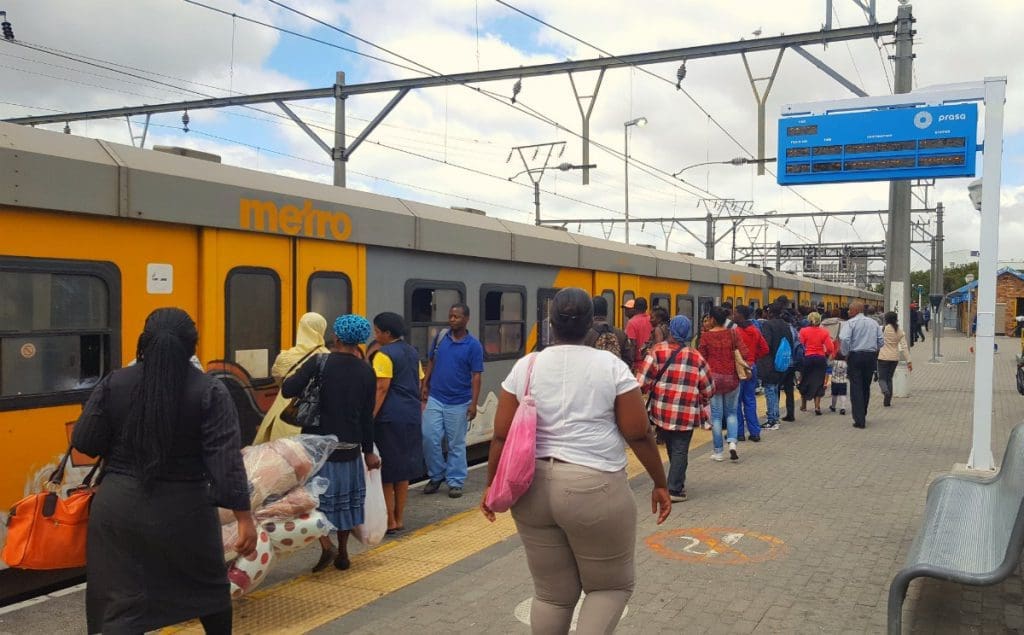Transport is one of the major challenges facing South Africa today. The country faces ageing rail infrastructure, which has been targeted by criminal elements. The legacy of apartheid spatial planning also means that many of the country’s poorest people are either underserved or completely underserved by any form of subsidised public transport. As a result, people in these areas are overly reliant on commuter buses and minibus taxis (used by approximately 80% of public transport commuters in the country).
If the country is to change that situation, it needs to implement policies and strategies which make intelligent use of technology and data to create integrated transport systems that serve the needs of all the people. That was the overriding message from an online webinar hosted by the Transport Forum on 3 June.
“Transport authorities have always faced the challenge of addressing mobility,” says Jack van der Merwe, CEO of the Transport Authority of Gauteng (TAG).
“Over the past few years, however, that challenge has evolved, particularly when it comes to achieving it while taking environmental-, workforce-, and COVID-19 challenges into account.
“The only way to address these challenges is through smart mobility,” he adds. “And that involves bringing together new vehicle technologies, intelligent transport systems, real-time data, and new mobility services such as car-sharing; new biking systems; and non-motorised transport.”
This is also reflected in the Strategic direction of the provincial government’s Growing Gauteng Together 2030 (GGT2030) through Smart Mobility.
As Thomas Snyman, ITS Industry Expert at Huawei explains, achieving this kind of smart mobility is dependent on a solid bedrock of connected networking technology.
“When we start talking about technology in any sector, it’s important to talk about how it helps in achieving the end business goal,” he says. “In the case of transport, smart systems and technology are an enabler at all levels.”
As an example of the role technology can play in the transport sector, Snyman points to its effectiveness as an enabler of interoperability and integration.
Integrated public transport networks, for example, mean that commuters can use a single form of ticket for every form of public transport at a basic level and intelligent transport systems that allow authorities to make decisions in real-time at a higher level.
Interoperability meanwhile can be divided into technical interoperability, whereby everyone standardised interfaces and protocols; procedural interoperability, meaning that common procedures are used by operators and municipalities; and contractual interoperability, meaning standardised agreements between operators about service levels.
“All of these are crucial to a safe, efficient, and quality-driven public transport experience,” says Snyman. “The truth is that public transport can no longer operate in silos. We need constant streams of data and to be able to accommodate multiple systems capable of understanding traffic and driver behaviour.”
“That, in turn, requires connectivity and computing,” he adds. “Fortunately, the one enables the other. In particular, increased connectivity speeds will allow transport authorities to use cloud-based data centres, which can provide them with valuable insights in real-time.”
Increased levels of connectivity will also allow for technologies such as edge computing, software-based CCTV cameras, artificial intelligence, and the Internet of Things (IoT) to further improve the public transport experience.
“The digital world and platforms will enable public transport to better serve a population of connected commuters,” concludes Snyman. “It will provide them with a safer, more efficient, and enjoyable experience. In South Africa that could prove critical.”
Also read: Naspers Invests R42 Million In Cape Town-Based WhereIsMyTransport
